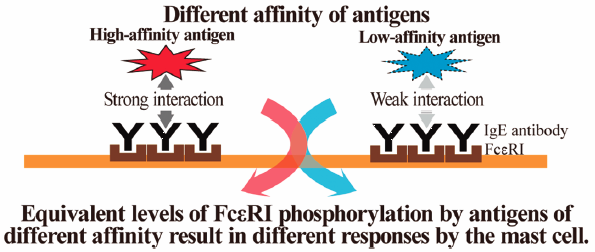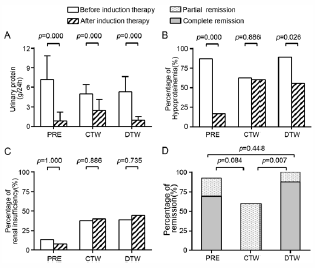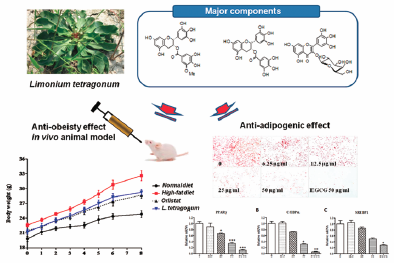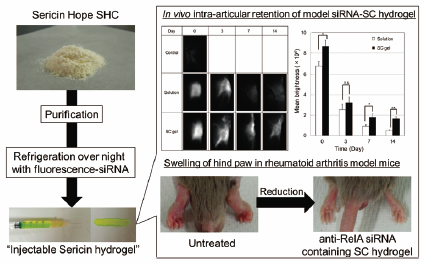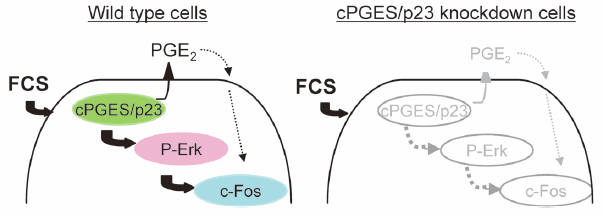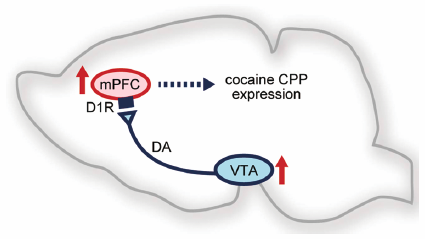Volume 40, Issue 11
Displaying 1-28 of 28 articles from this issue
- |<
- <
- 1
- >
- >|
Reviews
-
2017Volume 40Issue 11 Pages 1819-1827
Published: November 01, 2017
Released on J-STAGE: November 01, 2017
Download PDF (2623K) Full view HTML -
2017Volume 40Issue 11 Pages 1828-1832
Published: November 01, 2017
Released on J-STAGE: November 01, 2017
Download PDF (531K) Full view HTML
Regular Articles
-
2017Volume 40Issue 11 Pages 1833-1838
Published: November 01, 2017
Released on J-STAGE: November 01, 2017
Advance online publication: September 01, 2017Download PDF (547K) Full view HTML -
2017Volume 40Issue 11 Pages 1839-1845
Published: November 01, 2017
Released on J-STAGE: November 01, 2017
Download PDF (1784K) Full view HTML -
2017Volume 40Issue 11 Pages 1846-1855
Published: November 01, 2017
Released on J-STAGE: November 01, 2017
Download PDF (2660K) Full view HTML -
2017Volume 40Issue 11 Pages 1856-1865
Published: November 01, 2017
Released on J-STAGE: November 01, 2017
Download PDF (1807K) Full view HTML -
2017Volume 40Issue 11 Pages 1866-1872
Published: November 01, 2017
Released on J-STAGE: November 01, 2017
Download PDF (662K) Full view HTML -
2017Volume 40Issue 11 Pages 1873-1882
Published: November 01, 2017
Released on J-STAGE: November 01, 2017
Download PDF (1256K) Full view HTML -
2017Volume 40Issue 11 Pages 1883-1893
Published: November 01, 2017
Released on J-STAGE: November 01, 2017
Download PDF (864K) Full view HTML -
2017Volume 40Issue 11 Pages 1894-1902
Published: November 01, 2017
Released on J-STAGE: November 01, 2017
Download PDF (1569K) Full view HTML -
2017Volume 40Issue 11 Pages 1903-1908
Published: November 01, 2017
Released on J-STAGE: November 01, 2017
Advance online publication: August 22, 2017Download PDF (891K) Full view HTML -
2017Volume 40Issue 11 Pages 1909-1916
Published: November 01, 2017
Released on J-STAGE: November 01, 2017
Download PDF (1394K) Full view HTML -
2017Volume 40Issue 11 Pages 1917-1922
Published: November 01, 2017
Released on J-STAGE: November 01, 2017
Download PDF (646K) Full view HTML -
2017Volume 40Issue 11 Pages 1923-1928
Published: November 01, 2017
Released on J-STAGE: November 01, 2017
Download PDF (958K) Full view HTML -
2017Volume 40Issue 11 Pages 1929-1933
Published: November 01, 2017
Released on J-STAGE: November 01, 2017
Download PDF (1537K) Full view HTML -
2017Volume 40Issue 11 Pages 1934-1940
Published: November 01, 2017
Released on J-STAGE: November 01, 2017
Download PDF (6530K) Full view HTML -
2017Volume 40Issue 11 Pages 1941-1947
Published: November 01, 2017
Released on J-STAGE: November 01, 2017
Download PDF (643K) Full view HTML -
2017Volume 40Issue 11 Pages 1948-1955
Published: November 01, 2017
Released on J-STAGE: November 01, 2017
Download PDF (665K) Full view HTML -
2017Volume 40Issue 11 Pages 1956-1962
Published: November 01, 2017
Released on J-STAGE: November 01, 2017
Download PDF (637K) Full view HTML -
2017Volume 40Issue 11 Pages 1963-1967
Published: November 01, 2017
Released on J-STAGE: November 01, 2017
Download PDF (766K) Full view HTML -
 2017Volume 40Issue 11 Pages 1968-1975
2017Volume 40Issue 11 Pages 1968-1975
Published: November 01, 2017
Released on J-STAGE: November 01, 2017
Editor's pickBecause tyrosine kinases mainly localize to the cytoplasm or the plasma membrane, most studies have focused on their roles in the cytoplasm. However, emerging evidence has revealed that tyrosine kinases also localize to the nucleus and regulate nuclear events, such as DNA damage responses, gene expression, and chromatin structural changes. In this paper, Takakura et al. showed that the truncated isoform of the receptor tyrosine kinase ALK (ALK ATI), which only has the intracellular kinase domain, regulates chromatin structural changes, heterochromatinization, and gene expression in the nucleus. This paper is the first report shedding light on the nuclear roles of ALK.
Download PDF (3321K) Full view HTML -
2017Volume 40Issue 11 Pages 1976-1982
Published: November 01, 2017
Released on J-STAGE: November 01, 2017
Download PDF (805K) Full view HTML -
2017Volume 40Issue 11 Pages 1983-1989
Published: November 01, 2017
Released on J-STAGE: November 01, 2017
Download PDF (1360K) Full view HTML
Notes
-
2017Volume 40Issue 11 Pages 1990-1995
Published: November 01, 2017
Released on J-STAGE: November 01, 2017
Download PDF (1124K) Full view HTML -
2017Volume 40Issue 11 Pages 1996-2000
Published: November 01, 2017
Released on J-STAGE: November 01, 2017
Download PDF (2972K) Full view HTML -
2017Volume 40Issue 11 Pages 2001-2004
Published: November 01, 2017
Released on J-STAGE: November 01, 2017
Download PDF (372K) Full view HTML -
2017Volume 40Issue 11 Pages 2005-2009
Published: November 01, 2017
Released on J-STAGE: November 01, 2017
Advance online publication: August 31, 2017Download PDF (660K) Full view HTML -
2017Volume 40Issue 11 Pages 2010-2013
Published: November 01, 2017
Released on J-STAGE: November 01, 2017
Advance online publication: August 26, 2017Download PDF (548K) Full view HTML
- |<
- <
- 1
- >
- >|


